LG G7 Review - Camera Review
Camera
LG G7 – Camera On paper, LG appears to have made improvements to the rear camera, loading it with dual Sony IMX351 sensors. Specifically, you’ll find 16-megapixel, f/1.6 (OIS) 77-degree main unit and a 16-megapixel f/f1.9, 107-degree secondary sensor on the phone’s rear. The main sensor is on a par with the unit that features […]
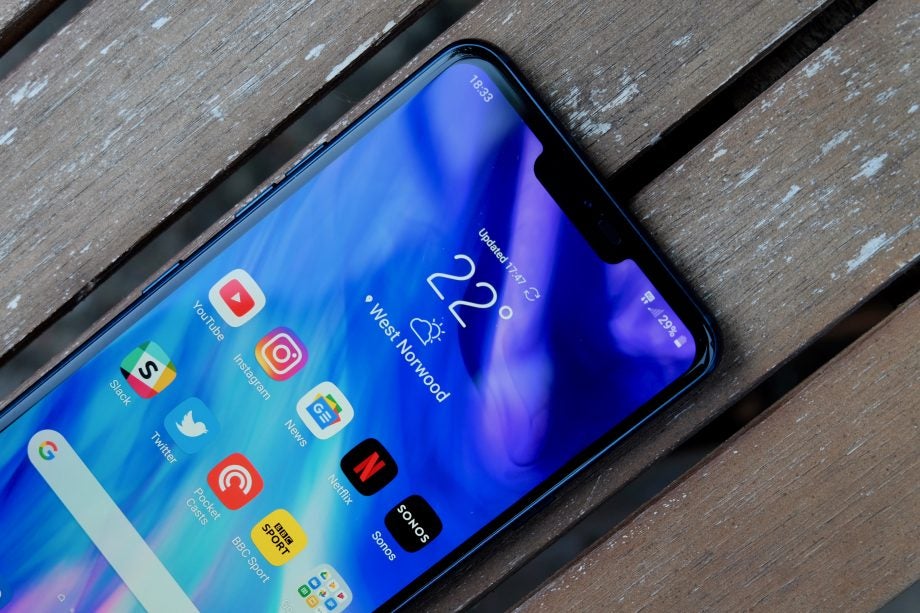
Sections
- Page 1 LG G7 Review
- Page 2 Performance and Software Review
- Page 3 Camera Review
- Page 4 Battery life and Verdict Review
LG G7 – Camera
On paper, LG appears to have made improvements to the rear camera, loading it with dual Sony IMX351 sensors. Specifically, you’ll find 16-megapixel, f/1.6 (OIS) 77-degree main unit and a 16-megapixel f/f1.9, 107-degree secondary sensor on the phone’s rear.
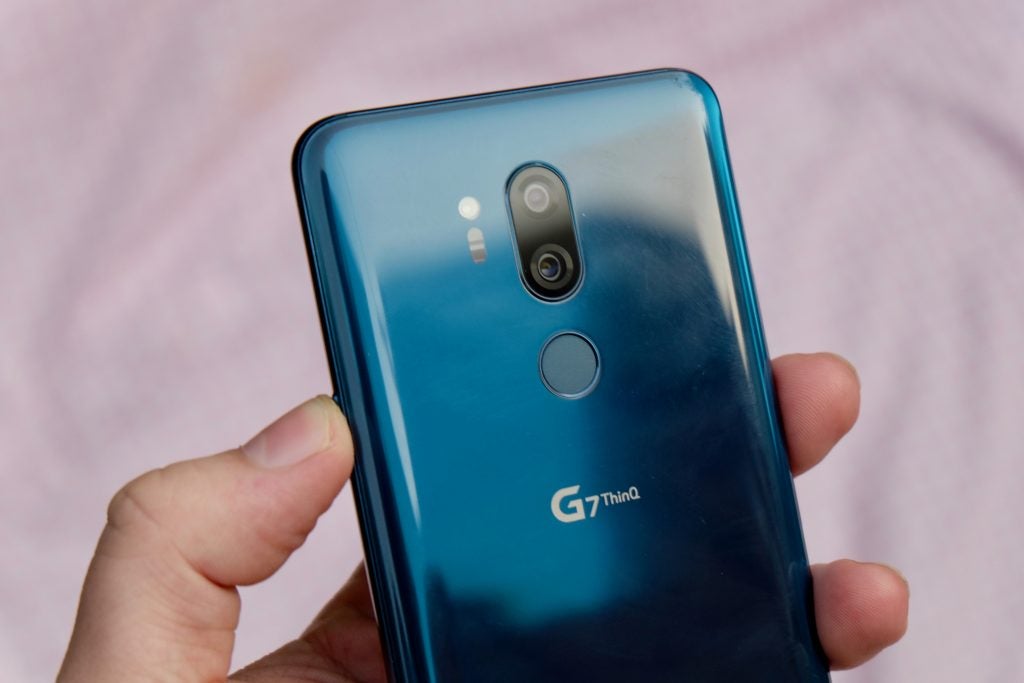
The main sensor is on a par with the unit that features in the V30S, but the wide-angle sensor has a higher megapixel count, wider aperture and field of view than its predecessor’s 13-megapixel secondary sensor.
The finest thing about the camera is that wide-angle sensor. It’s easily the best use of a secondary sensor and far more worthwhile as a zoom or monochrome camera. The photos captured with the wide-angle camera are varied, with it opening up many more shooting options. Landscape shots look great, as do photos taken in stadiums and the like. You do lose some of the low-light quality with this secondary sensor, but I’m still glad of its inclusion.
The photos with the regular ‘main’ 16-megapixel camera are decent: detailed, nicely coloured and with good dynamic range. It’s just a shame that there isn’t a massive jump between this and last year’s G6 and V30. The main issue seems to be exposure: photos are often too bright and the auto-HDR mode doesn’t do much to improve matters.
Low-light photos are mostly okay thanks to the wide f/1.6 aperture, and there’s a dedicated night mode that increases the pixel size by reducing the photos to 4 megapixels.
Related: Best smartphones
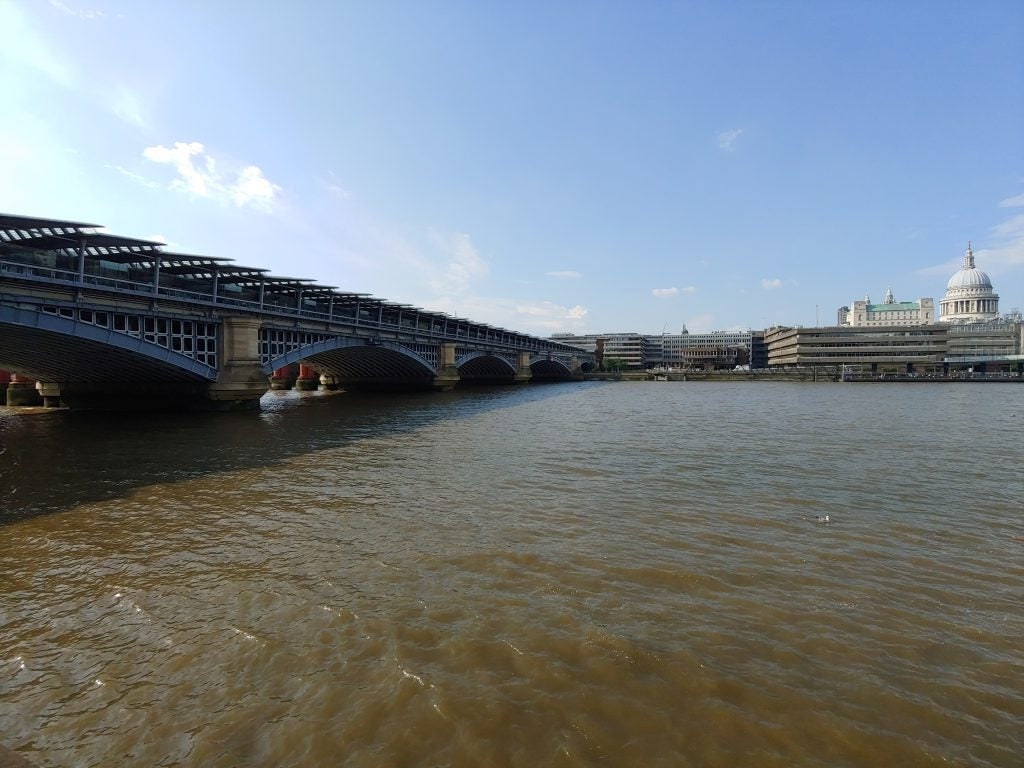

Sometimes exposure is a bit off, even when it uses HDR


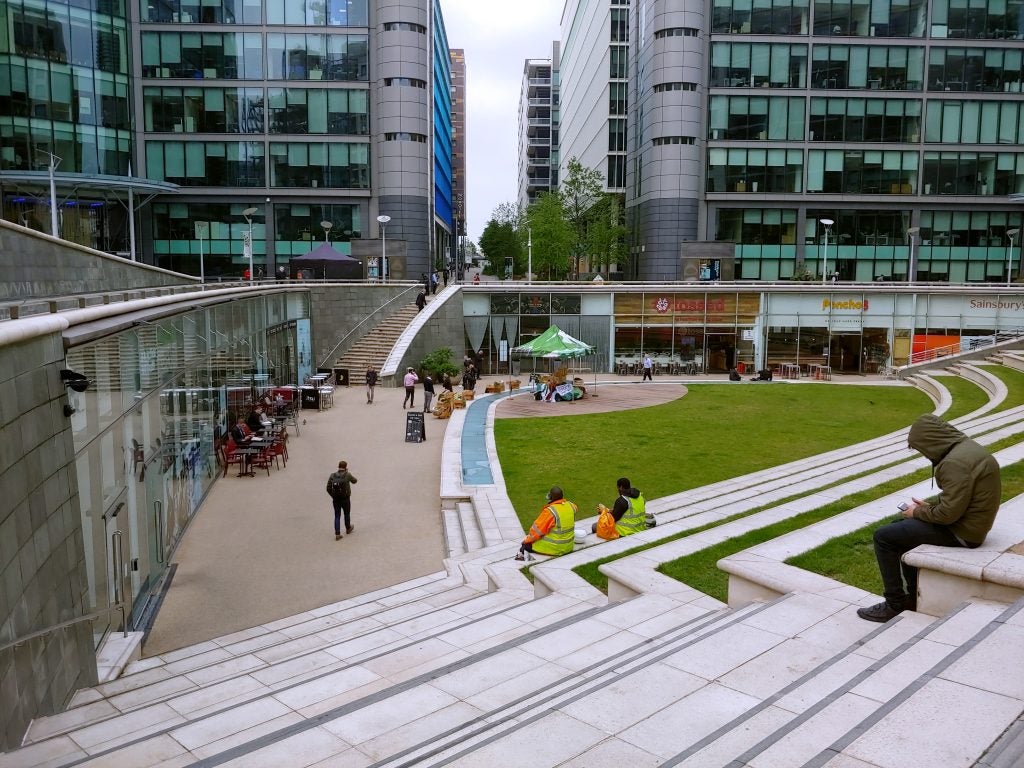
The wide-angle lens is great
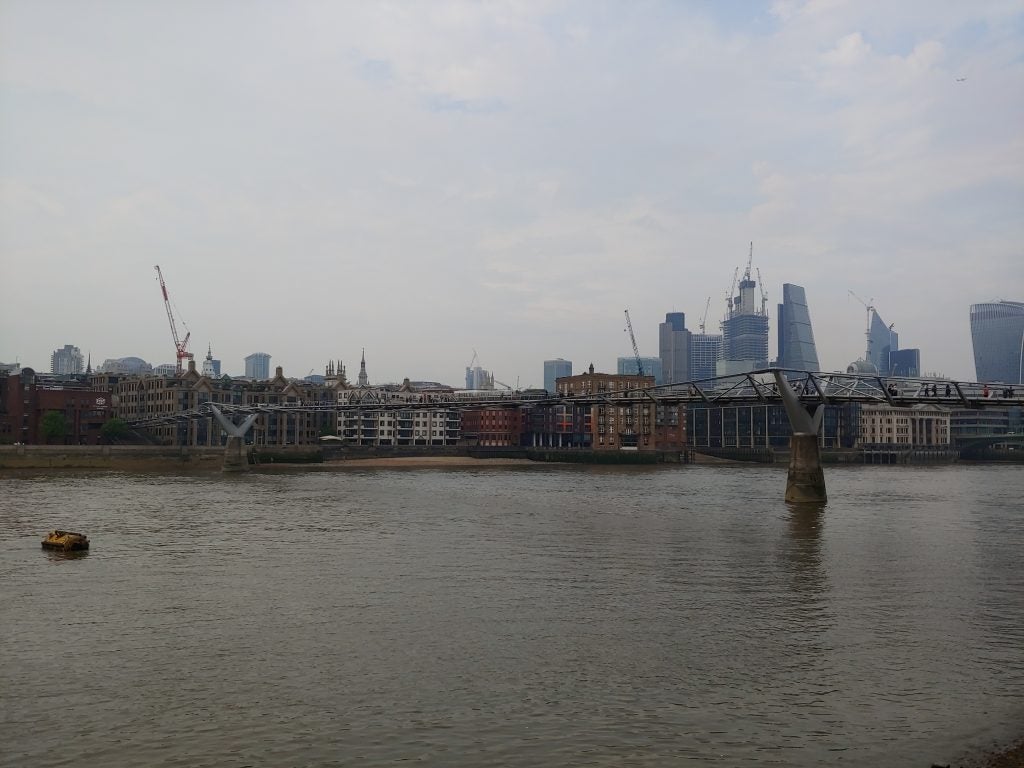
Landscape shots are good
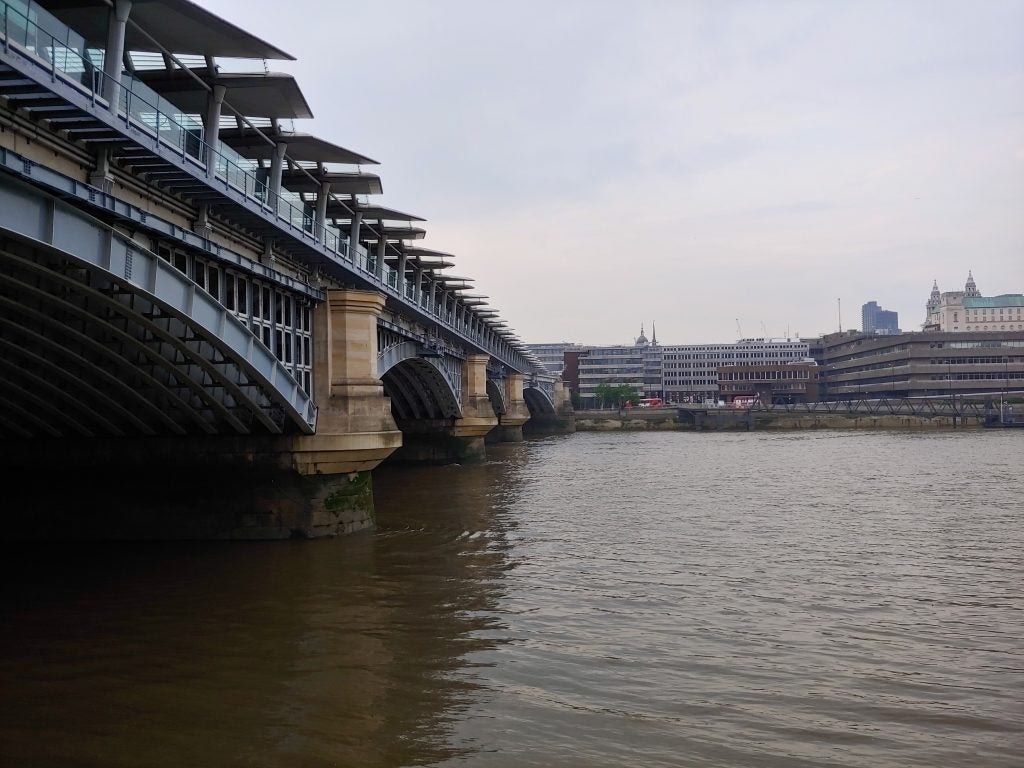
It looks much better with AI turned off
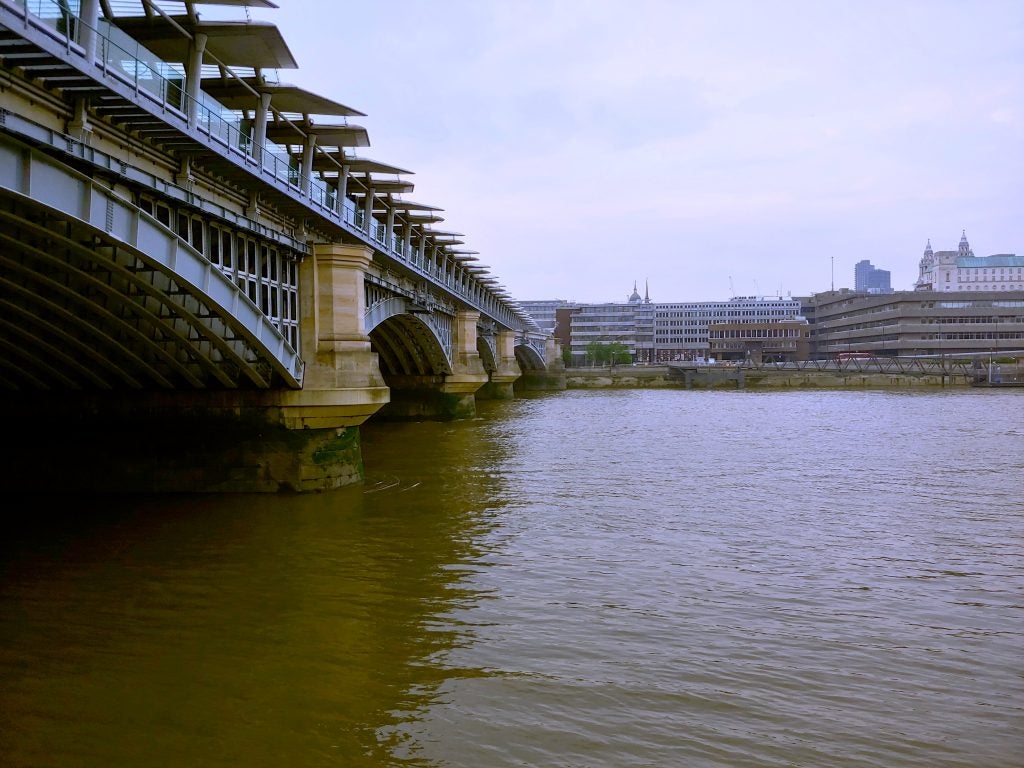
With AI turned on, the colours are off
It’s the AI features that really disappoint, however. Tap the AI Cam option and the camera is supposed to adapt to your environment and intelligently alter the photo. This isn’t a new concept – Huawei has honed its AI features to the point where they make snaps better – but I really don’t like LG’s implementation.
When you enter ‘AI Cam’ and start pointing the phone at something, words will begin to fade in and out over the image. Now, supposedly these words should relate to what you’re looking at, but this didn’t always prove to be the case. I pointed it at a person sitting at a desk, for example, and it churned out words such as ‘beach’, ‘musical instrument’, ‘wine’. Getting these basic things wrong doesn’t offer much hope for the changes the AI system will make to photos.
These boil down to upping the brightness and contrast, while often completely throwing colours off. It turned blues to green and in general left pictures looking worse than before the changes were applied.
The front-facing camera has finally been boosted to 8-megapixels and is noticeably better than the unit on both the G6 or V30. Video recording remains excellent: footage can be captured up to 4K 30fps (no 60fps here) and there are plenty of video-editing modes available too.


